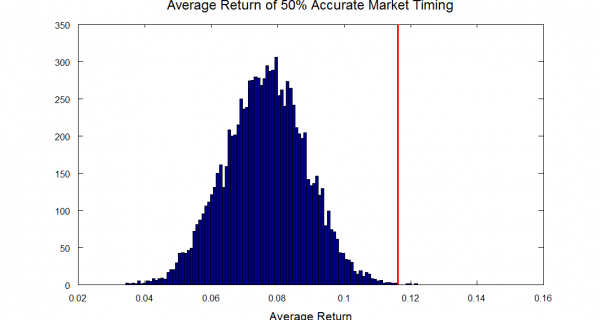I’m a financial data junkie, so I thought I’d share some of my favorite sites for free financal and economic data. I’ve also added links to these sites to the sidebar, and I’ll keep the sidebar list updated as I find new data sources.
- Yahoo! Finance: Yahoo! Finance is a great site for ETF, mutual fund, and stock data. The site allows historical price data to be downloaded in a CSV format, and this makes it easy to calculate historical returns. For example, the R-script I created for calculating Fama-French factor loading automatically downloads the CSV file for the target fund and converts the price data to a monthly return series..
- Google Finance: Google Finance is similar to Yahoo! Finance, but it lacks the historical dividend information. This makes it less useful for analyzing historical returns. However, Google Docs provides a “GoogleFinance” function which allows stock or fund information to be downloaded directly into a Google Docs Spreadsheet. This is a great feature which makes it easy to setup a spreadsheet to track your portfolio. It is possible to directly download stock information from Yahoo! Finance into Excel, but the Google Docs + Google Finance combination makes it easy.
- Fama-French Data Library: This site has a large amount of historical data compiled by Eugene Fama and Kenneth French. The data is updated regularly, and the Fama-French 3-factor data is especially useful for analyzing fund and portfolio performance.
- Robert Shiller PE10 Data: This site has Robert Shiller’s PE10 data which was used in the book “Irrational Exuberance”. I used this data to create a regression model for forecasting future returns. Shiller’s PE10 data is also updated regularly.
- Federal Reserve Economic Data (FRED): This site has a wide variety of macroeconomic data including data for unemployment, GDP, interest rates, the money supply, etc. The site also has pretty good tools for plotting the data.
- Treasury Yield Curve Rates: This site has historical and current data for the Treasury and TIPS yield curves. I previously posted an Octave script which uses this data to calculate inflation expectations.
- Statistical Abstract of the United States: This site has a variety of U.S. and International Economic data. I think the data on foreign stock market capitalization is especially interesting and I’m hoping to work this into a future post.

